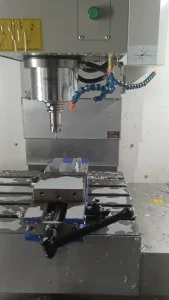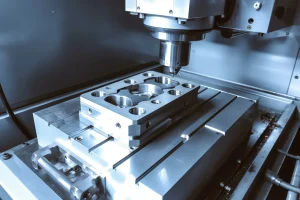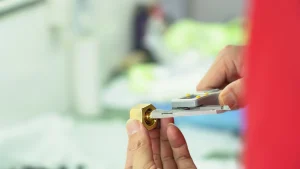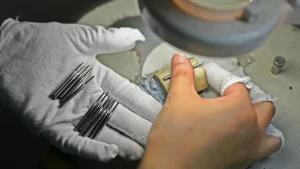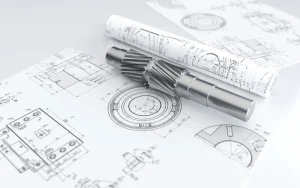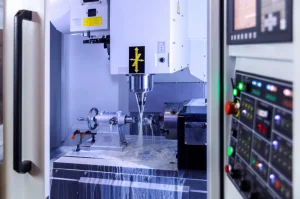In today’s world where electronic products pursue extreme thinness and performance, the importance of precision manufacturing has never been greater. CNC (Computer Numerical Control) machining technology, with its unparalleled precision, flexibility, and reliability, has become an indispensable “invisible champion” in high-end electronics manufacturing. How does it show its skills in electronics? Let’s find out.
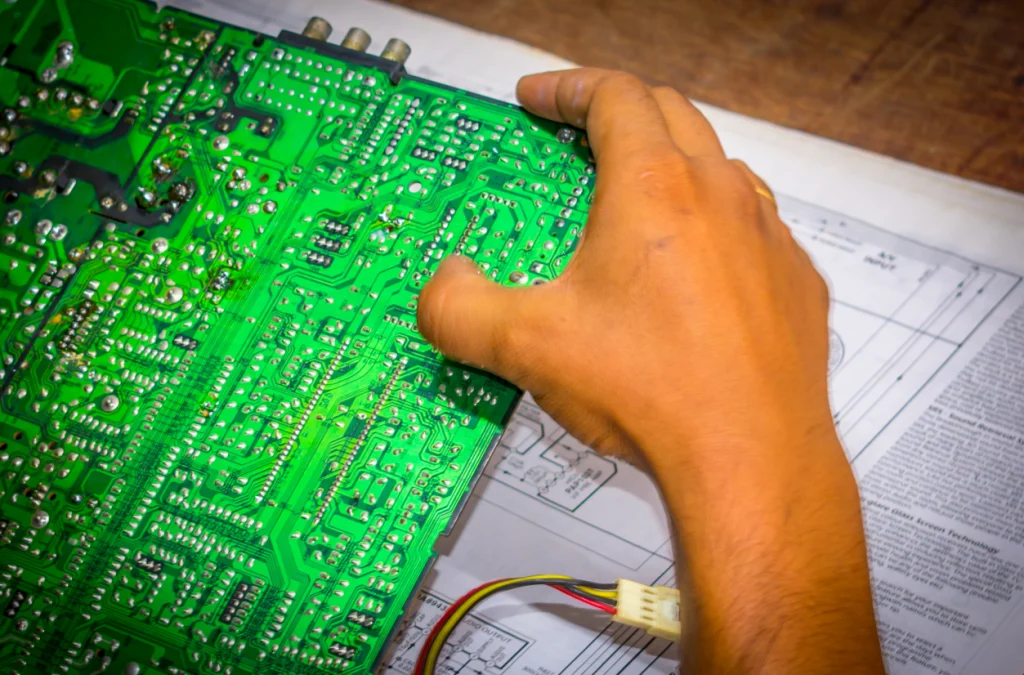
1. Precision is king: absolute control of the microscopic world
Tight seam: The metal middle frame and internal bracket of smartphones and tablets have extremely strict requirements for dimensional tolerances (often up to ±0.01mm or even higher). CNC machining perfectly realizes complex geometries and ultra-high dimensional consistency, ensuring precise assembly of components without loosening or gaps.
Surface perfection: The appearance parts of high-end electronic products (such as mobile phone shells, notebook A/C surfaces) require a variety of delicate surface treatments such as mirror, wire drawing, and sandblasting. CNC machining provides excellent surface roughness (up to Ra0.4μm or even lower), laying the perfect foundation for subsequent anodizing, spraying and other processes to achieve high-quality texture at your fingertips.
Microporous fine carving: Electronic products are densely packed with microscopic and precise structures such as speaker holes, microphone holes, and heat dissipation holes. CNC machining can accurately drill and mill holes as thin as a hairline (<0.1mm) in diameter, and ensure positional accuracy and hole wall quality, which directly affects sound quality, pickup effect and heat dissipation efficiency.
2. Master of Materials: Navigating the Diverse “Bones”
Aluminum alloy overlord: Aluminum alloys such as 6061 and 7075 have become the first choice for consumer electronic structural parts due to their lightweight, high strength, excellent heat dissipation and ease of processing. CNC machining can efficiently and stably process these materials, enabling complex and lightweight designs.
Cutting-edge engineering plastics: High-performance engineering plastics such as PEEK and PEI are widely used in components that require insulation, high temperature resistance, and low dielectric constant (such as internal insulation brackets and radomes). CNC machining can also shape these materials precisely.
Copper’s Way of Heat Dissipation: Pure copper and beryllium copper are ideal for heat sinks, vapor chambers, and connector terminals due to their excellent thermal conductivity. CNC machining can create efficient heat dissipation devices with complex structures and dense fins, which has become the key to cooling 5G devices and high-performance processors.
3. The “engraver” of the cooling design
Thermal Management Core: As chip power consumption soars, thermal design becomes the lifeline of electronic products. CNC machining can directly mill complex three-dimensional cooling air ducts, VC chambers or precise slots where heat dissipation fins are installed directly inside metal shells (such as laptop bottom cases, gaming phone middle frames) to maximize the use of space for heat transfer.
Customized Heat Dissipation Modules: For high-power devices such as servers and base stations, CNC can create special-shaped copper bases and heat pipe fixing brackets that perfectly fit the shape of the chip to achieve point-to-point efficient heat conduction.
4. Prototypes vs. Agile Pioneers in Small Batches
Rapid iteration: Electronic product development cycles are extremely short. CNC machining does not require mold opening, and can directly produce functional prototypes and trial production prototypes according to 3D drawings, greatly shortening the design verification and testing cycle, and accelerating product launch.
Flexible Production: CNC machining is ideal for high-end custom products, low-volume specialized equipment, or market-testing products. It flexibly responds to design changes, avoids high tooling risks, and enables cost-effective small-scale production.
Looking to the Future: Better, Smarter, More Integrated
As electronic products continue to evolve towards folding screens, miniaturization (such as AR/VR glasses, wearable medical devices), and integration (multi-functional modules), higher challenges are posed to precision manufacturing:
Micron-level competition: The requirements for machining accuracy and miniaturization capabilities will continue to increase.
Complex Integration: A single CNC part may integrate more functions (structure, heat dissipation, electromagnetic shielding).
Automation and intelligence: Deeply integrated with automated production lines and online inspection technology to improve efficiency and consistency.
Epilogue
CNC machining has been deeply integrated into the “genes” of electronic product manufacturing. It is not only an “artist” who creates a subtle appearance, but also an “engineer” who creates a strong interior and ensures stable and reliable operation. At the forefront of electronic technology in pursuit of ultimate performance and experience, CNC machining technology will continue to evolve, silently supporting every innovative breakthrough and making the world of precision electronics within reach. When you hold a flagship phone with excellent craftsmanship or use a high-performance laptop with excellent heat dissipation, remember that this is inseparable from the “invisible” power of CNC precision machining.
—
Your Precision Electronics Manufacturing Partner? We provide professional CNC machining solutions!
From prototype to mass production, we specialize in handling materials such as aluminum alloys, copper, stainless steel, and engineering plastics
Meet your stringent requirements for ultra-precise tolerances, complex geometries, and perfect surface treatment
Focus on the electronics industry and understand your unique needs [Consult now for exclusive solutions]

